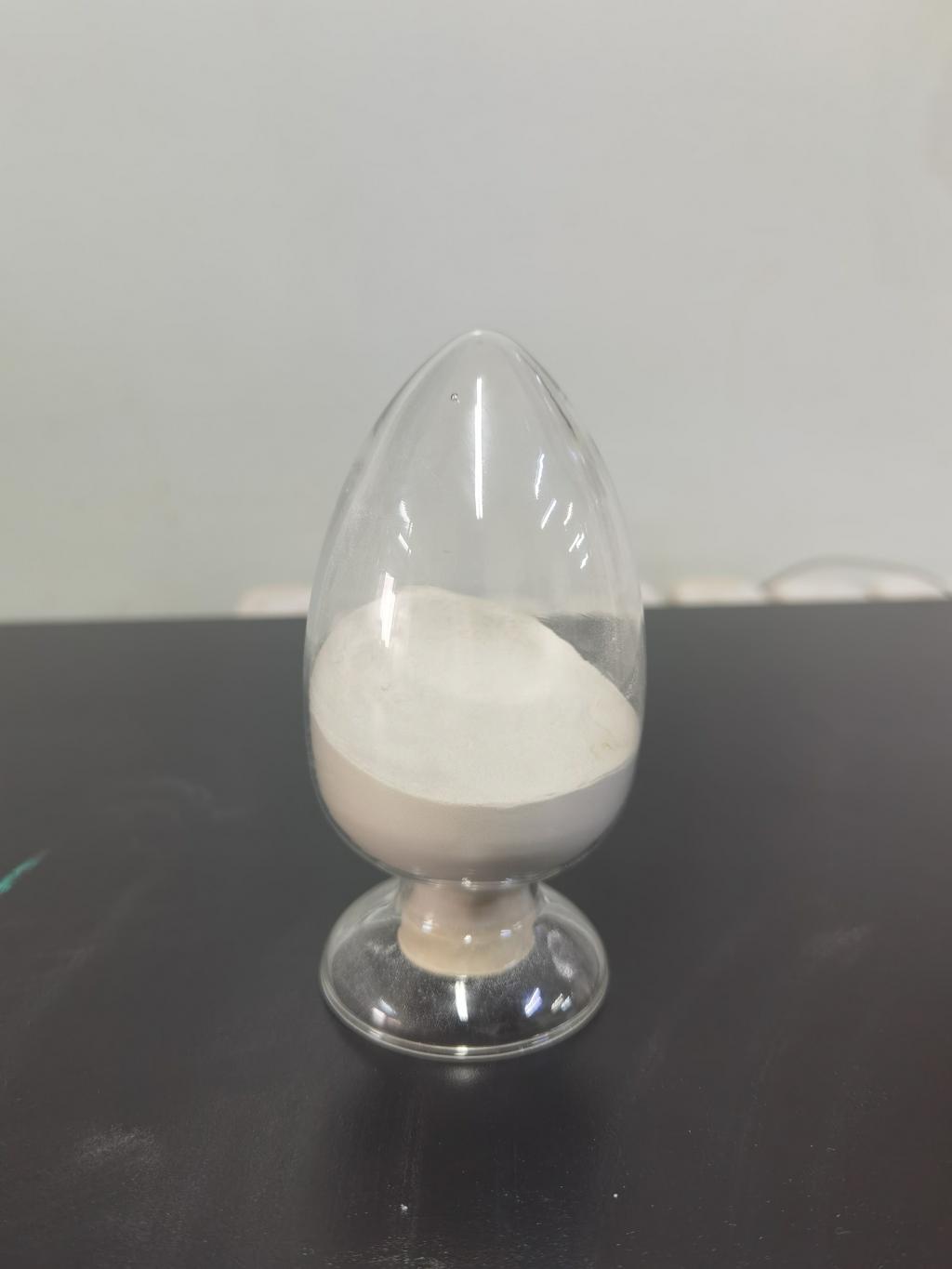Tel:+8618231198596

News
 CONTACT
CONTACT
 CONTACT
CONTACT
- Linkman:Linda Yao
- Tel: +8618231198596
- Email:linda.yao@dcpharma.cn
- Linkman:CHARLES.WANG
- Department:Overseas
- Tel: 0086 0311-85537378 0086 0311-85539701
News
Current Position:
Home >
News
>What is the recommended application method for Nisin in food products?
What is the recommended application method for Nisin in food products?
TIME:2023-05-15
Determining Nisin Dosage:
The dosage of nisin required for effective antimicrobial activity in food products depends on various factors, including the specific food matrix, pH, and target pathogens. It is essential to conduct appropriate research and testing to determine the optimal dosage for each application. Some key considerations include:
a. Microbiological Analysis:
Conduct a microbiological analysis of the target food product to identify the specific pathogens or spoilage organisms of concern. This analysis will help in determining the appropriate nisin dosage to effectively inhibit their growth.
b. Minimum Inhibitory Concentration (MIC):
Determine the minimum inhibitory concentration of nisin for the target pathogens. This concentration indicates the lowest amount of nisin needed to inhibit the growth of the specific microorganisms.
c. Challenge Studies:
Perform challenge studies to evaluate the antimicrobial efficacy of nisin at different dosage levels in the specific food product. These studies provide valuable insights into the effectiveness of nisin and help in determining the optimal dosage.
Selection of Nisin Formulation:
Nisin is available in various formulations, including liquid, powder, and encapsulated forms. The selection of the appropriate formulation depends on the specific requirements of the food product and the desired mode of application. Consider the following factors:
a. Food Compatibility:
Ensure that the selected formulation of nisin is compatible with the food product, both in terms of stability and sensory attributes. Some formulations may cause undesired changes in taste, texture, or appearance.
b. Solubility and Dispersion:
Consider the solubility of nisin in the food product and select a formulation that allows for easy dispersion. This ensures uniform distribution of nisin throughout the product.
c. Stability:
Evaluate the stability of different formulations under relevant storage conditions. Factors such as temperature, pH, and oxygen exposure can affect the stability of nisin. Choose a formulation that maintains its efficacy over the intended shelf life of the product.
Application Methods:
The application method of nisin in food products depends on the nature of the product, processing conditions, and desired outcome. Some commonly employed application methods include:
a. Direct Addition:
The simplest method involves directly adding nisin to the food product during processing. This method is suitable for liquid products, sauces, dressings, and beverages. Ensure thorough mixing to achieve uniform distribution.
b. Coating or Surface Treatment:
For solid food products, nisin can be applied as a coating or surface treatment. This method is commonly used for cheese, meats, and bakery products. Utilize appropriate techniques such as spraying, dipping, or brushing to ensure adequate coverage.
c. Incorporation into Packaging Materials:
Nisin can be incorporated into packaging materials, such as films or sachets, to provide continuous antimicrobial protection during storage. This method is particularly useful for extending the shelf life of perishable foods.
Regulatory Considerations:
When applying nisin in food products, it is crucial to adhere to the regulatory guidelines and requirements specific to each country or region. Ensure compliance with the following aspects:
a. Maximum Permitted Levels:
Refer to the regulatory guidelines to determine the maximum permitted levels of nisin in various food products. These limits are established to ensure consumer safety and prevent excessive usage.
b. Labeling Requirements:
Accurately label the food product to indicate the presence of nisin and its concentration, if required by regulations. Clear and informative labeling helps consumers make informed choices and ensures transparency.
c. Safety Evaluations:
Before incorporating nisin into food products, it is important to conduct safety evaluations in accordance with regulatory requirements. These evaluations may include toxicological studies, allergenicity assessments, and other relevant tests to establish the safety of nisin for consumption.
d. Good Manufacturing Practices (GMP):
Adhere to Good Manufacturing Practices during the production and handling of nisin-containing food products. Implement appropriate quality control measures, hygiene practices, and documentation to ensure product safety and consistency.
Conclusion:
The effective application of nisin in food products requires careful consideration of dosage, formulation selection, and application methods. By determining the optimal dosage, selecting compatible formulations, and employing appropriate application techniques, nisin can be successfully incorporated into various food products to enhance their safety and shelf life. It is essential to comply with regulatory guidelines, including maximum permitted levels and labeling requirements, and conduct safety evaluations to ensure consumer safety. By following recommended practices and considering specific food product requirements, food manufacturers can harness the antimicrobial benefits of nisin while maintaining product quality and safety.
- Tel:+8618231198596
- Whatsapp:18231198596
- Chat With Skype







